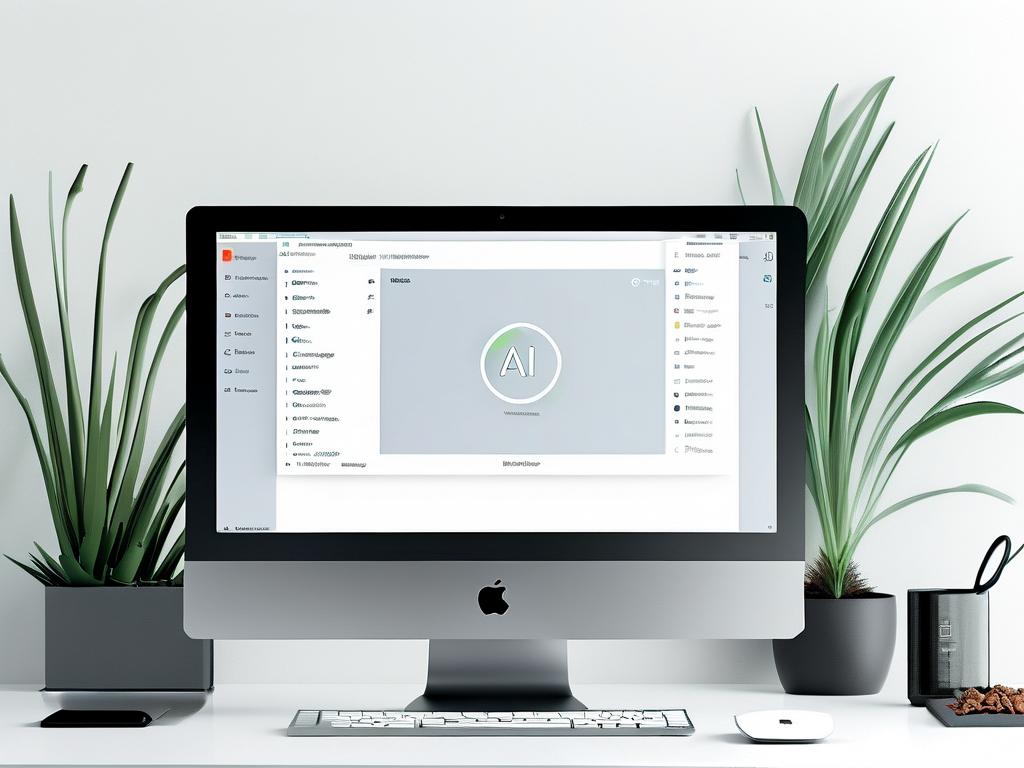With digital photography becoming an integral part of daily life, managing growing photo libraries efficiently is a common challenge. Many users seek software that organizes images effectively without consuming excessive memory or slowing down their devices. This article explores practical solutions for lightweight photo management while maintaining system performance.

Understanding Memory Efficiency
Memory-efficient software prioritizes minimal resource consumption during operation. Unlike feature-heavy applications that load extensive editing tools or background processes, lightweight programs focus on core functionalities like cataloging, tagging, and basic previews. For instance, tools like XnView MP and IrfanView are designed to handle large image collections with low RAM usage. These applications avoid unnecessary bloat by excluding advanced editing features, making them ideal for users who prioritize organization over in-post processing.
Cloud-Based Alternatives
Cloud storage platforms offer another layer of memory-friendly management. Services like Google Photos and Amazon Photos allow users to upload images to remote servers, freeing up local storage space. While these platforms require internet access, they provide AI-powered search capabilities and automatic categorization without taxing device memory. Hybrid solutions, such as Adobe Bridge paired with cloud sync, enable users to maintain a local catalog while offloading bulk storage to the cloud.
Open-Source Options
Open-source software often excels in resource efficiency due to community-driven optimization. Digikam, for example, offers robust database management for photos while keeping memory usage lean. Its modular design lets users enable only the features they need, reducing background resource drain. Similarly, FastStone Image Viewer provides a compact yet powerful interface for browsing and organizing images, consuming less than 100MB of RAM during typical use.
Optimizing Existing Tools
Even mainstream software like Apple Photos or Windows Photos can be optimized for lower memory consumption. Disabling automatic face recognition, limiting background indexing, or restricting sync processes can significantly reduce their footprint. Users should also regularly purge cached thumbnails and temporary files—a task automated by utilities like CCleaner or BleachBit.
Mobile-First Applications
For smartphone users, apps like Simple Gallery Pro (Android) and Pixelflow (iOS) prioritize minimal memory usage while offering intuitive organization features. These apps avoid preloading high-resolution previews and instead generate optimized thumbnails, ensuring smooth performance on devices with limited RAM.
Best Practices for Low-Memory Workflows
- Batch Processing: Use tools like FastStone or ImageMagick to resize or compress images before importing them into your library.
- Database Maintenance: Regularly rebuild thumbnail caches and remove duplicate files using dedicated cleaners like Duplicate Cleaner Pro.
- Selective Syncing: Configure cloud services to sync only recent or favorite albums locally.
Choosing the right photo management software depends on balancing functionality with system resources. Lightweight applications, cloud integration, and workflow optimizations collectively address memory constraints without sacrificing organizational capabilities. By adopting these strategies, users can maintain extensive photo libraries seamlessly across devices, ensuring both accessibility and performance.





